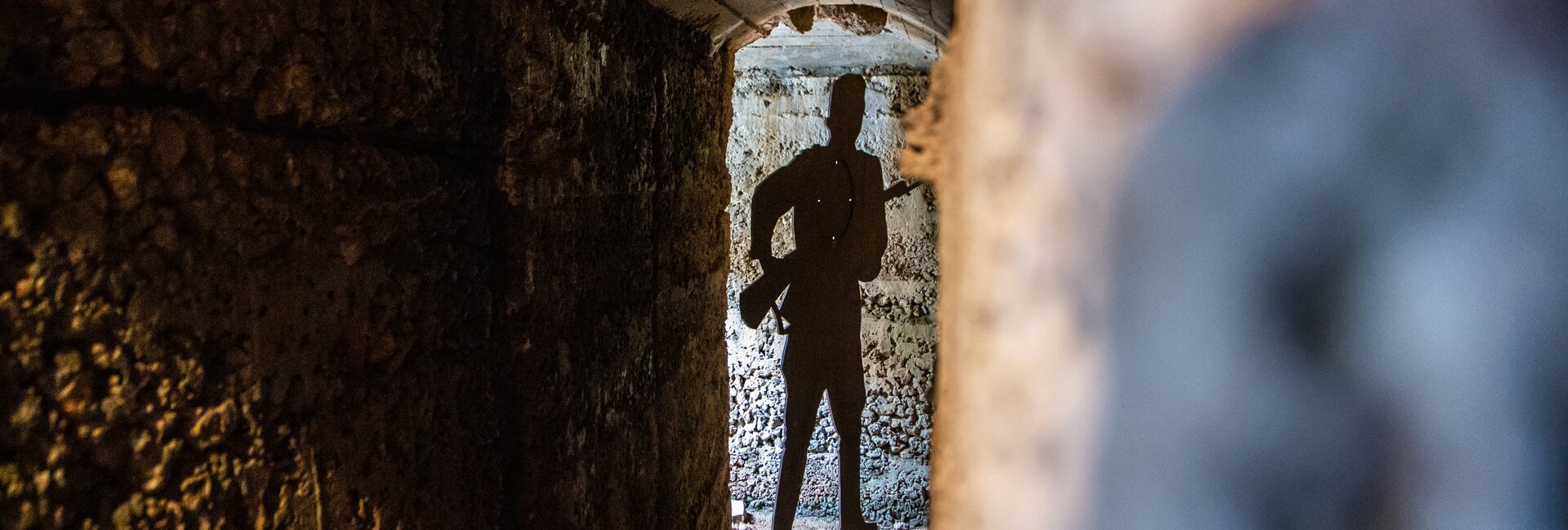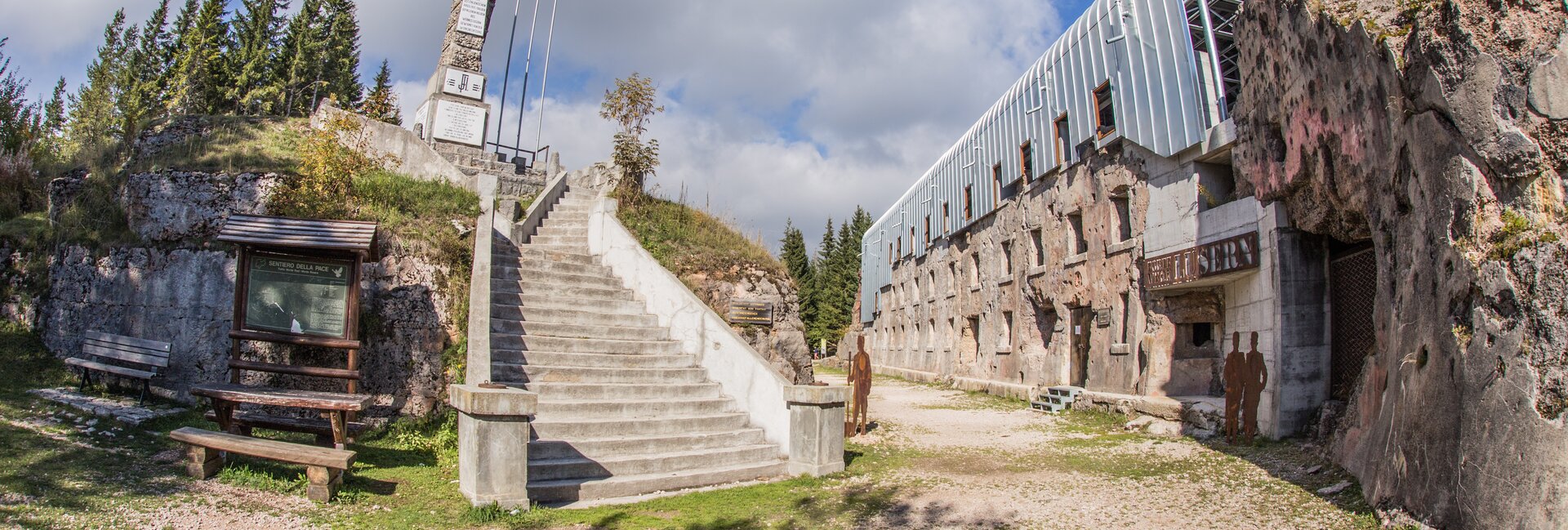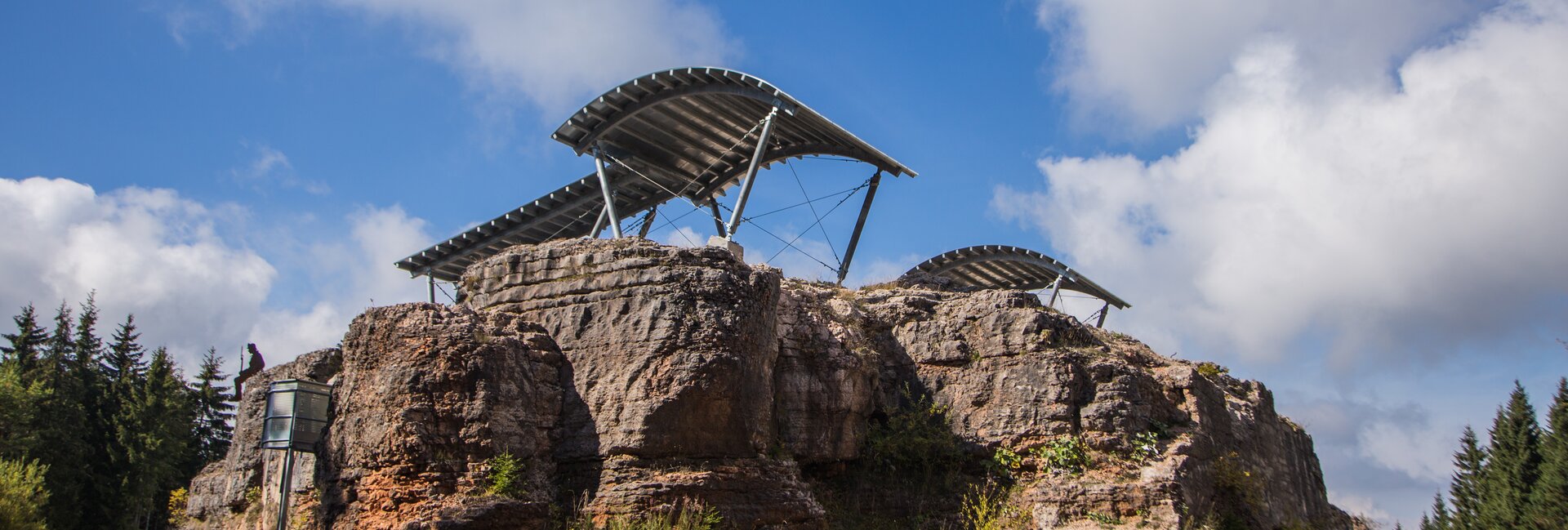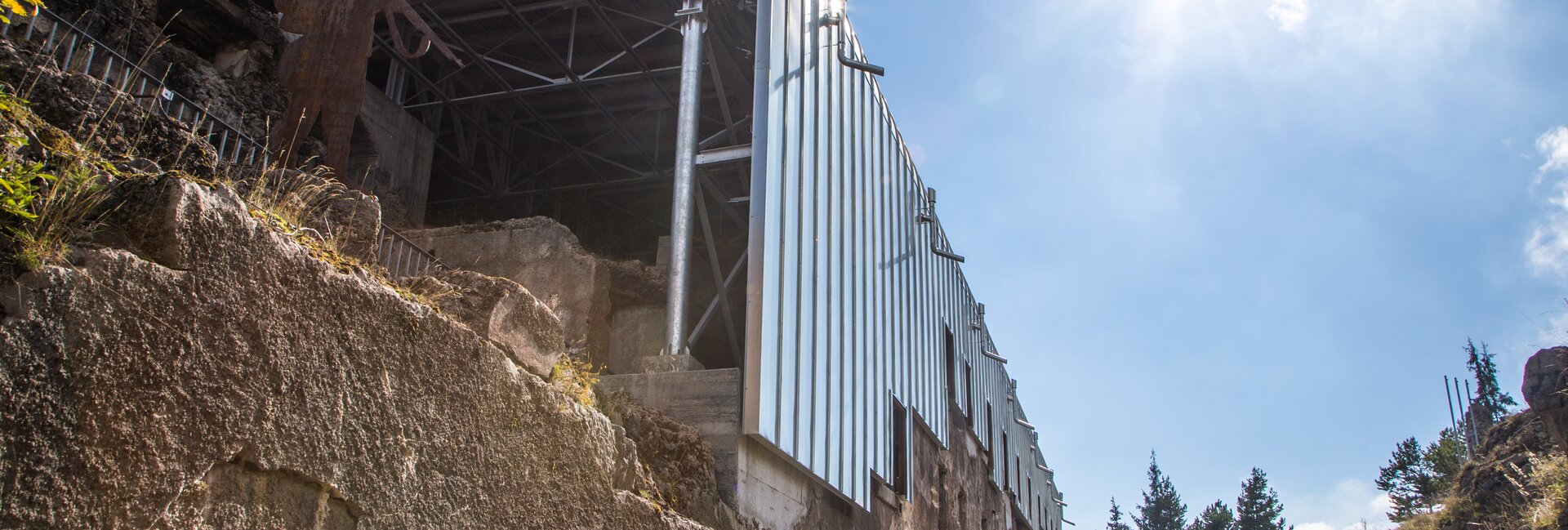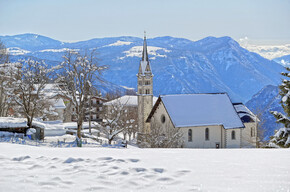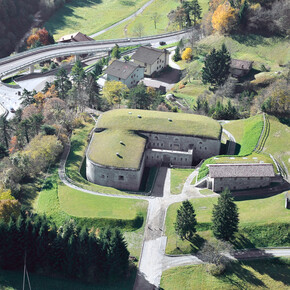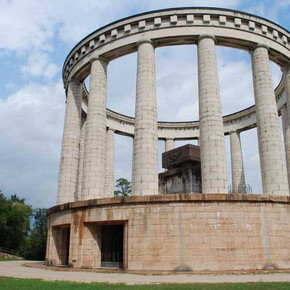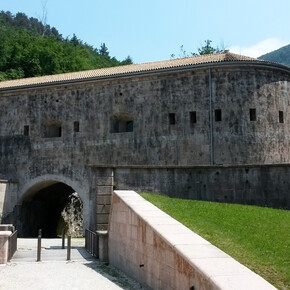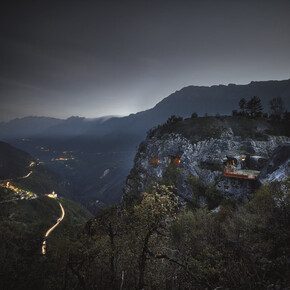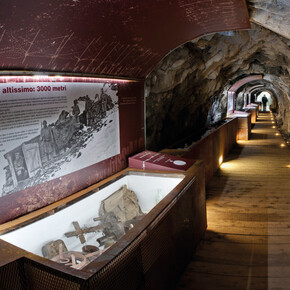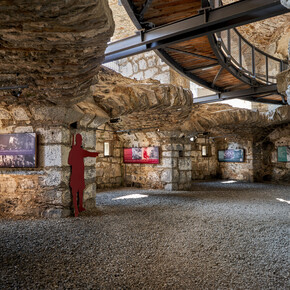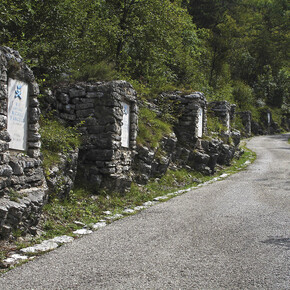Fort Campo Luserna
The “eternal father” that resisted bombings.
- Travel the Path of the Great War, “From the stories to history”
- Discover one of the key episodes of the First World War
- Visit the fort which is undergoing restoration work
Erected in a strategic point, at 1549 metres asl, on the ridge connecting Val D’Astico with Val Torra, Fort Campo played a leading role in the First World War in Trentino. It was built between 1907 and 1912, in preparation for a possible military clash with Italy along the southern borders of the Austro-Hungarian Empire.
In fact, it was one of the seven impressive forts that the Austrians built between the Plateaus of Folgaria, Lavarone and Luserna, in order to stop Italian attempts to break through. Owing to its massive size, it was nicknamed the “Padreterno” [Eternal Father] by the Italian soldiers.
With a trapezoidal shape and surrounded by a moat, it was armed with four 10 cm M 09 howitzers, 2 rapid-fire 8 cm M5 cannons, 2 rapid-fire 6 cm M 10 cannons, and 19 8 mm M 07/12 MGs.
At the beginning of the Great War, in the summer of 1915, the Fort was subjected to massive bombings by the Italian Artillery (5000 projectiles in 4 days), which forced the Bohemian commander Emanuel Nebesar to raise the white flag. However, this choice was opposed by the batteries of the Verle and Belvedere Austrian forts, located near Fort Campo, who intervened with their artillery to prevent the fort from falling into enemy hands. At the end of the bombardments, Commander Nebesar was relieved of his duties, and arrested.
In recent years, the fort has been subjected to extensive restoration work.
How to get there
From Luserna, starting from Piazza C. Battisti/Pill, you can follow the directions for the Path of the Great War “Dalle storie alla storia” (From the stories to history) (trail n° 2). This is a themed trail which, with the help of twenty-eight metal shapes, tells the same number of short but true stories linked with the events that involved civilians and inhabitants of Luserna during the First World War. The trail leads to Fort Campo and, then, to the Oberwiesen outpost. Except for a brief section at the beginning, the trail is suitable for everyone, and can be walked in about two hours.
Alternatively, from Piazza C. Battisti/Pill, follow the directions for Rifugio Malga Campo (a paved road and then a forest road). From there, you can reach the Oberwiesen outpost and, finally, the stronghold.
Another starting point, about two kilometres from the centre of the town on the road that joins Luserna and Passo Vezzena, is Malga Millegrobbe - Centro Fondo Millegrobbe, where you can park your car and continue on foot along the dirt road to Fort Campo, at a distance of 1.8 Km.
